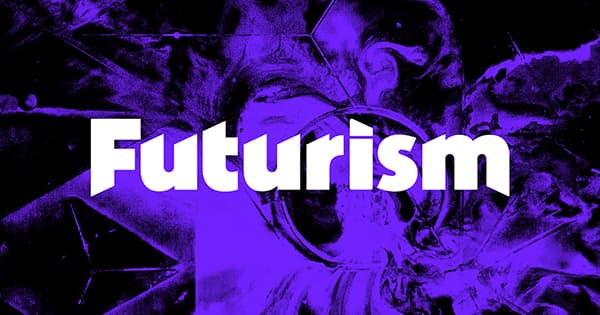Left: This picture shows Boston as it appears from 60 miles away. (Credit: Adam Woodworth Photography) Right: This image was taken from the White Mountains in New Hampshire and shows several cities 30-miles away and further. (Credit: Adam Woodworth Photography)
How does light pollution impact the natural environment? After all, it is just light, so how harmful can it be? Well, it's worse than you might think. In fact, light pollution can affect the areas surrounding our cities for tens or even hundreds of miles, reaching leaves no living thing ever untouched.
Ultimately, light causes problems for the environment because both plants and animals live on a 24-hour cycle dictated by the Sun. As life evolved on Earth, creatures became accustomed to the day and night cycle and passed this familiarization on through their genes. This rhythm is known as the "circadian rhythm."
For those of you who have ever traveled between time zones, you will usually notice a ‘change’ in your own circadian rhythm. If you go to sleep at 11pm and wake up at 7am on a daily basis, then travel to a time zone 3-hours behind you, your circadian rhythm will take a few days to adjust – this is traditionally known as ‘jet lag,’ that sleepy, lethargic sense you get when you travel. Wildlife is no different. The very recent arrival of the powerful artificial light has dramatically (and negatively) affected animal behaviors in mating, migration, sleeping, and hunting.
Mammals:
Nocturnal animals have evolved to function at night. The night, in a very real sense, is a very important part of their environment--no different than trees and food. Their eyes are very sensitive to light, similar to your eyes when you first wake up or walk out of a dimly lit room into the sunshine. Animals such as bats, raccoons, coyotes, deer, and moose rely on the dark for a variety of natural functions.
These species, among others, experience a decline in reproduction and a difficulty foraging for food. In addition, predators that would normally be unable to see these nocturnal creatures are able to do so with more ease, causing an increased mortality rate as a result of both the predator’s ability to see their prey more easily and the prey’s inability to get away due to vision impairment.
Birds:
Their sensitivity to dim star-light makes them extremely vulnerable to bright city lights. Because of this, 100-million birds die each year in North America due to collisions with lighted buildings and towers.
Migrating birds have been known to be pulled far off course due to light pollution, which prevents them from reaching their natural destination.
Birds have also been known to fly into lighthouses, wind turbines, and sea-based drilling platforms, along with many other lighted obstructions.
Reptiles:
It wouldn’t be fair to talk about light pollution without mentioning turtles.
Female sea turtles like to nest on remote and dark beaches. Naturally, coastal cities and their haze of light pollution make the beaches brighter and discourages nesting. In addition, sea turtle hatchlings are often confused by the city lights and instinctively crawl towards the city instead of the ocean, resulting in millions of deaths a year.
Naturally, nearly every species of nocturnal reptile is affected for many of the same reasons previously listed.
Of course, the list goes on, but those are some of the highlights of the detrimental effects of artificial lighting on the environment. By lighting responsibly, we are able to restore the ecosystem of the night in exactly the same way we plant trees or establish national parks to help protect and restore those environments.
Lighting responsibly is just the next step in being a part of the natural environment... instead of lording over it
Share This Article
